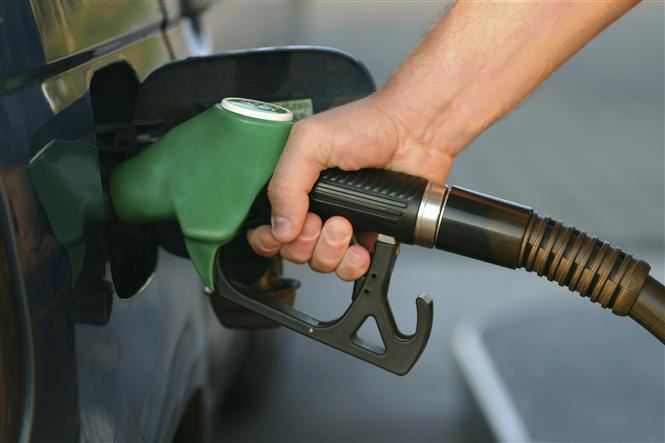Why MPG figures may be unrealistic

On a couple of occasions vehicle history expert Cartell.ie posted blogs about the unrealistic MPG figures claimed by some manufacturers: including when consumer watchdog WhatCar? indicated real-world figures were less than claimed and launched “True MPG Data“. VanLeasing.com put together an interesting infographic where they detail the 8 reasons why your vehicle will never reach its claimed MPG. Among these they note there is no official body in place to police the testing procedure and monitor the results taken from the different labs in Europe. In the United States of America, to give an example from a different part of the world, manufacturers test their own vehicles—usually pre-production prototypes—and report the results to the US Environmental Protection Agency (EPA). EPA reviews the results and confirms about 10%–15% of them through their own tests.
In Europe the New European Driving Cycle (NEDC) sets out the standarised testing process for fuel economy but has been widely criticised as it has not been significantly updated since its inception in the 1990s. There is also widespread criticism that manufacturers have been allowed to engage in “cycle beating” which is where they operate within the rules to produce a result which is virtually impossible to achieve in the real world. Among these measures are the removing of roof rails, extra lights and even the passenger door mirror, making the car lighter, reducing drag and producing an entirely unrealistic result. Other tricks include over-inflating the tyres to decrease roll-resistance.
It seems pretty obvious the NEDC is not fit for purpose but until the regime is replaced or significantly updated we will continue to see the growing gap between real-world figures and those produced in laboratories.
